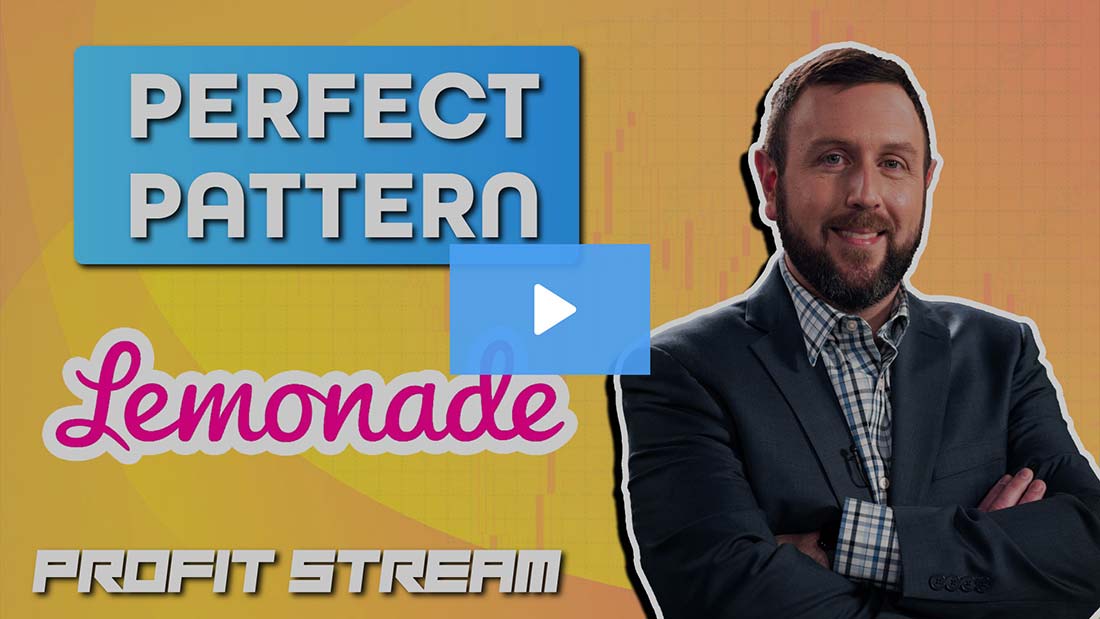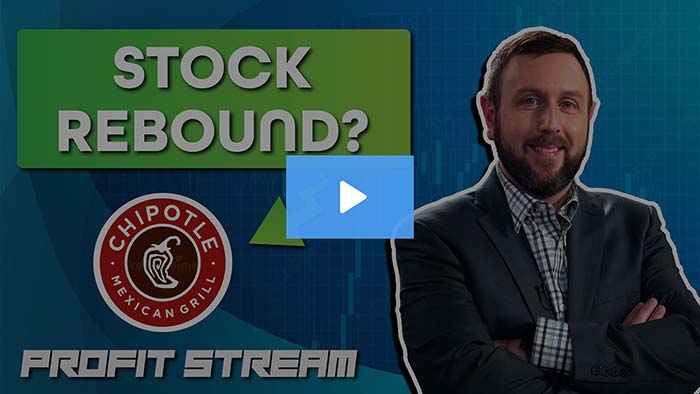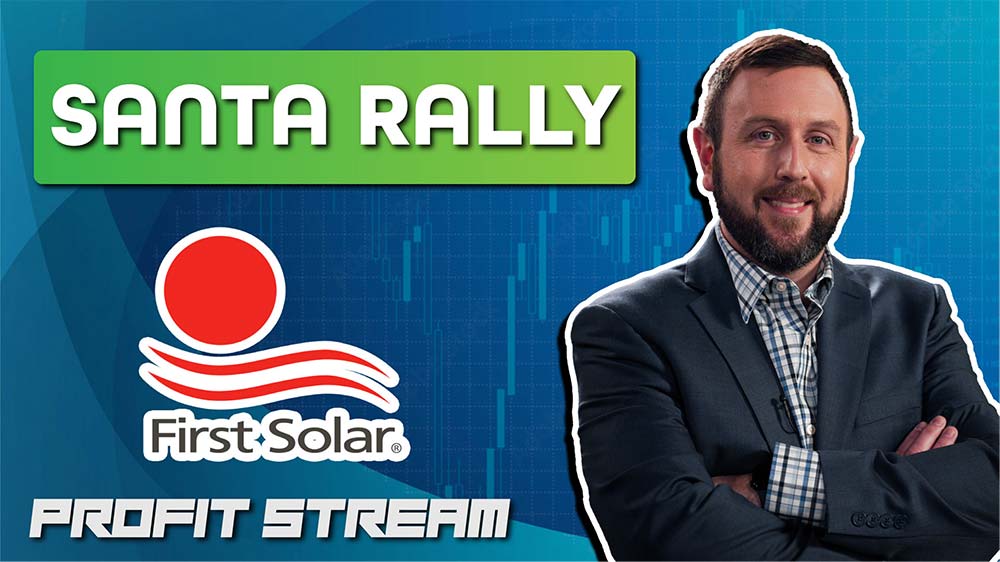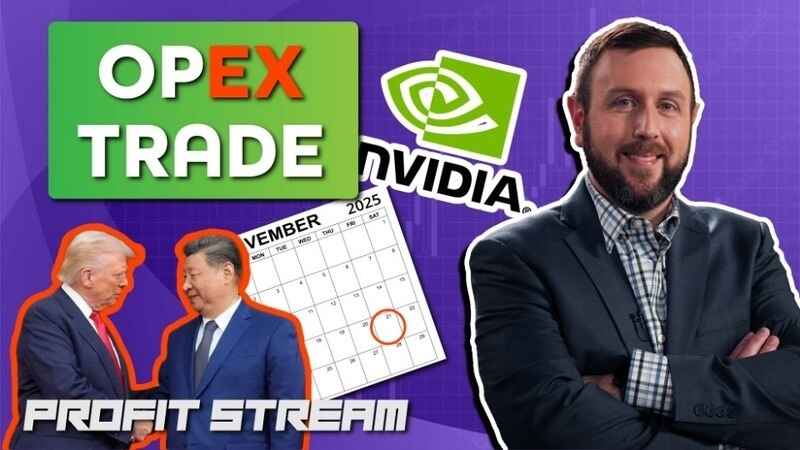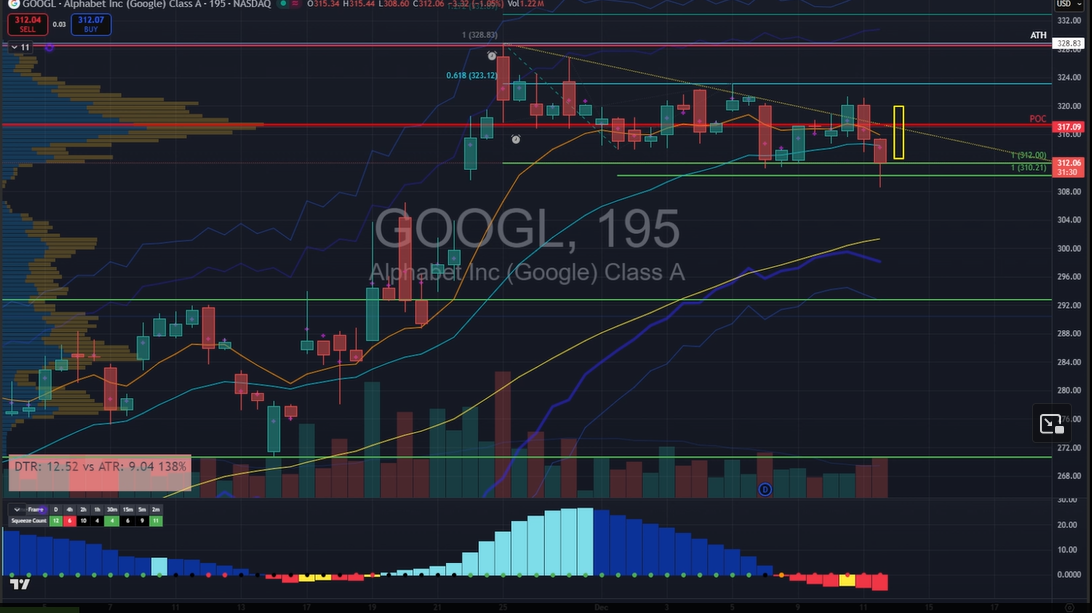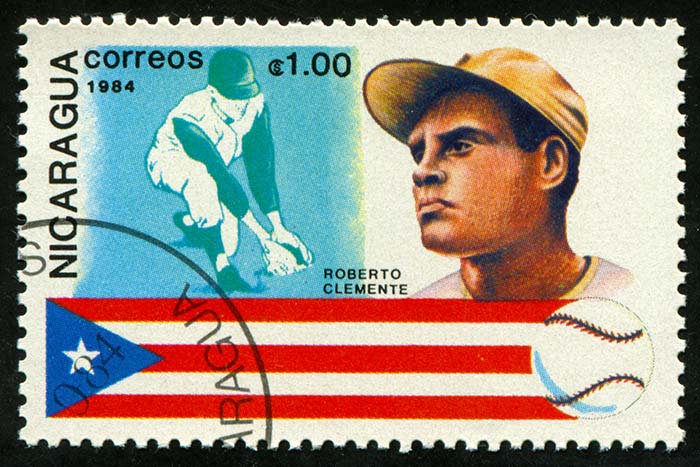Why ITM’s Have Such a High Success Rate
Today I’m going over one of my favorite trading strategies for potential big upfront payments.
I recently did a trade in Catalyst Cashouts using this exact strategy. It was a variation of a covered call/buy write.
These trades are known as deep in-the-money (ITM) covered calls.
The reason I like them is because of their unique risk/reward characteristics. They also have a very strong success rate. I also do them in War Room.
ITM’s are variation of the covered call strategy where the call option’s strike price is much lower than the price of the underlying stock.
Here’s how this strategy works and the rationale behind it:
Mechanics of Deep ITM Covered Calls:
# 1. Stock Ownership: As with any covered call, you own shares of the stock.
# 2. How to Sell a Deep ITM Call: You sell a call option with a strike price that is significantly lower than the current stock price. For example, if a stock is trading at $50, you might sell a call option with a strike price of $40.
Benefits of Deep ITM Covered Calls:
This strategy may seem counterintuitive since it caps your potential gains below the current stock price. However, there are several reasons an investor might use this approach:
# 1. Maximizes Premium Income:
Deep ITM options have intrinsic value (since the strike price is below the stock price), which results in a much higher premium. The investor can collect a substantial upfront payment from selling the option.
# 2. Protects your downside:
The large premium provides significant protection against declines in the stock’s price. Even if the stock drops below its current price, the premium you receive can help offset some of the losses.
# 3. Generates income without substantial upside:
If you believe the stock will stay flat or decline slightly, then selling a deep ITM covered call allows you to generate income without expecting substantial upside. You are essentially locking in a profit on your stock by collecting a large premium and selling the stock at the lower strike price.
# 4. Offers a winning exit strategy:
This strategy is often used by investors who are comfortable or even want to sell their stock. The deep ITM call ensures that the shares will likely be called away (since the option buyer will almost certainly exercise their right to buy the stock at a discount to the current market price). The investor gets to exit the position while earning a premium in the process.
Risks of Deep ITM Covered Calls:
# 1. Limited Profit Potential
By choosing a strike price significantly below the stock’s current price, you cap your upside considerably. If the stock continues to rise, your profit is limited to the strike price plus the premium you receive.
# 2. Stock Could Be Called Early
Since the option is deep in the money, the call buyer may choose to exercise the option early, especially if dividends are involved. You might be forced to sell your stock before the option’s expiration.
# 3. Opportunity Costs
If the stock rises substantially, you will miss out on most of the upside because you’re obligated to sell at the deep ITM strike price. This opportunity cost is the trade-off for the upfront premium income.
An example of a ITM Covered Call:
Let’s look at how an ITM trade could work. I give an example below.
- Stock price: $50
- Strike price of the deep ITM call: $40
- Premium received: $12
In this scenario, you immediately receive a $12 premium for selling the deep ITM call. The worst-case scenario is that the stock price falls drastically, but the $12 in premium you received lowers your cost and mitigates the downside.
The best-case scenario is that the stock is called away, and you effectively sell your stock for a total of $52 ($40 strike price + $12 premium).
And, since your cost is $38, your return is $2/$38 which depending on the expiration date, could be a significant return for a strategy that gives you a $12 downside cushion!
![]()
YOUR ACTION PLAN
Deep in-the-money calls are a conservative strategy for those willing to sacrifice potential gains in exchange for certainty and upfront income.
If you’d like to learn how to execute ITM’s for your own trading, every week Bryan and I go live in Catalyst Cash-Outs to walk members through all our strategies. In fact, recently issued a trade using ITM calls in Catalyst Cash-Outs earlier this week.
Click here to unlock that trade and start learning in Catalyst Cash-Outs.



